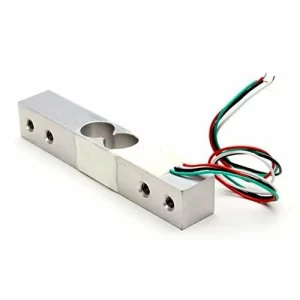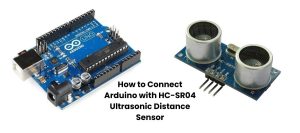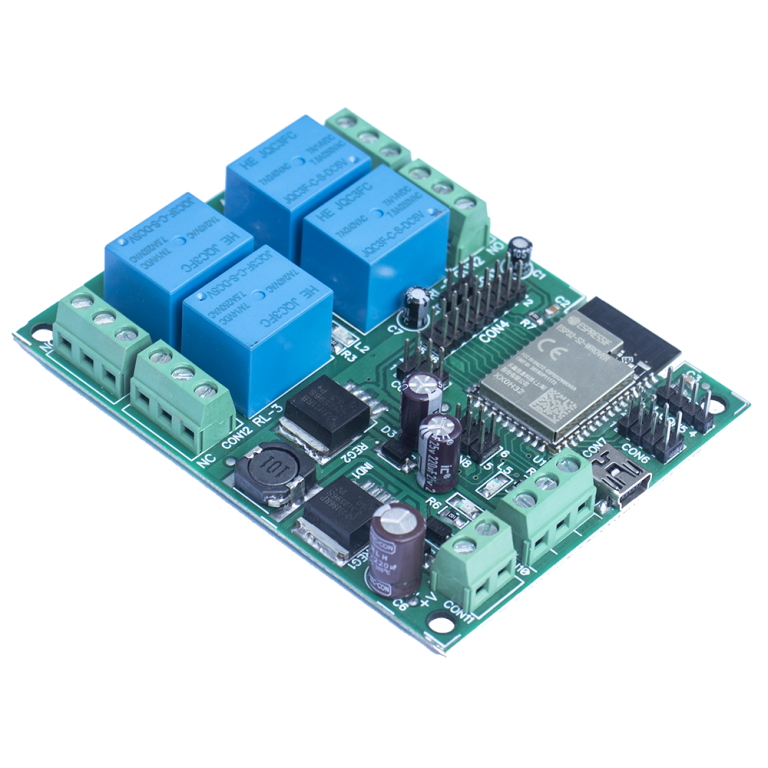Weight sensors, often unsung heroes in technological advancements, play a pivotal role across diverse sectors, from healthcare to aviation and assistive technologies. These devices, designed to measure weight, extend their reach into applications such as physical activity recognition, aircraft weight and balance analysis, and aiding visually-impaired individuals through sensor-based technologies. This comprehensive guide is your gateway to understanding weight sensors, their versatile applications, and the underlying technology that propels them.
Delving into Weight Sensor Types
1. Inertial Sensors:
At the heart of wearable devices and physical activity recognition lie inertial sensors, notably accelerometers and gyroscopes. These sensors measure acceleration, enabling the calculation of weight. Whether tracking your morning run or ensuring balance in a wearable gadget, inertial sensors are the unsung heroes of this dynamic realm.
2. Load Cells:
In the industrial arena, load cells take the spotlight. These sensors gauge the force applied to them, unraveling the intricacies of weight measurement. From weighing scales to bridge measurements, load cells stand as stalwarts in ensuring precision and accuracy.
Applications Unleashed
– Physical Activity Recognition:
Step into the realm of wearable inertial sensors that decode human activities through analyzing acceleration data. From walking and running to moments of repose, these sensors revolutionize how we track and understand our physical endeavors.
– Aircraft Weight and Balance Analysis:
The aviation industry relies on weight sensors for determining the critical metrics of an aircraft – its empty weight and balance. Maintaining stability and equilibrium is paramount, and weight sensors are the silent guardians ensuring flights soar safely through the skies.
– Sensor-based Assistive Devices for Visually-Impaired Individuals:
In a blend of ultrasonic sensors, microcontrollers, and ingenuity, weight sensors pave the way for assistive devices. Guiding visually-impaired individuals through ultrasonic sensing and vibration feedback, these devices redefine independence and mobility.
Unraveling the Technology Tapestry
Weight sensors weave their magic by deciphering either acceleration or force, unraveling the complex world of weight measurement. Inertial sensors, such as accelerometers and gyroscopes, dissect acceleration data’s time history to unveil the weight it conceals. On the flip side, load cells analyze force data, lifting the veil on the weight applied to them.
Precision in Placement and Calibration
The precision of weight sensors hinges on strategic placement and meticulous calibration. In the realm of inertial sensors, the accuracy of measured activities is directly influenced by where the sensor resides on the body. For load cells, calibration emerges as the linchpin, ensuring that weight measurements align with the standards of accuracy and reliability.
Nurturing the Future: Innovations and Prospects in Weight Sensor Technology
As we delve deeper into the significance of weight sensors, it’s imperative to explore the horizons of innovation and the exciting prospects that lie ahead. Beyond their current applications, weight sensors hold the key to transformative developments that could reshape industries and enhance our daily lives.
The Evolving Landscape of Healthcare
In healthcare, the integration of weight sensors is witnessing a paradigm shift. From smart beds that monitor patient movements and weight distribution to advanced prosthetics that adapt to the user’s gait through real-time weight data, these sensors are becoming instrumental in improving patient care and treatment outcomes.
Aviation’s Technological Odyssey
The aviation industry is on a perpetual quest for efficiency and safety. Weight sensors are at the forefront of this odyssey, evolving to meet the demands of modern aircraft design. Future aircraft might see even more sophisticated weight sensor applications, influencing fuel efficiency, optimizing cargo distribution, and ensuring a safer journey for passengers.
Beyond Assisting, Towards Augmenting Abilities
The realm of sensor-based assistive devices for visually-impaired individuals is expanding. Innovations are on the horizon that could lead to more intuitive devices, providing not just navigation support but also enhancing the overall sensory experience. Imagine a world where weight sensors contribute to creating a more detailed, tactile understanding of the environment for the visually impaired.
The Rise of Wearable Technology
As technology integrates further into our daily lives, wearable devices are becoming ubiquitous. Weight sensors, particularly inertial sensors, are poised to play a crucial role in the evolution of these wearables. From more accurate fitness trackers to advanced augmented reality experiences, the future holds exciting possibilities for weight sensor integration.
Challenges and Opportunities
Despite their transformative potential, weight sensors face challenges. Ensuring privacy and data security in healthcare applications, addressing the environmental impact of sensor production, and enhancing the durability of sensors in extreme conditions are among the hurdles that researchers and developers are actively working to overcome.
However, challenges often pave the way for innovation. Opportunities abound for refining sensor calibration techniques, developing energy-efficient sensor technologies, and exploring novel materials that can enhance sensor durability.
Collaborative Synergy: A Catalyst for Advancement
The journey of weight sensors into the future is not a solitary one. Collaboration between industries, researchers, and innovators will be the catalyst propelling these sensors into new frontiers. Interdisciplinary efforts can lead to breakthroughs, creating a synergy that fosters advancements in technology, applications, and overall sensor performance.
The Future Beckons
In conclusion, the story of weight sensors is far from over. As we embrace the present applications in healthcare, aviation, and assistive technologies, we must also look forward with anticipation. The evolving landscape of weight sensor technology promises a future where innovation knows no bounds, where these unassuming devices continue to shape and redefine the way we interact with the world.
Whether it’s in the measured steps of a patient on a smart bed, the precise balance of an aircraft in flight, or the enhanced independence of a visually-impaired individual navigating with a sensor-based device, the impact of weight sensors resonates far beyond their modest size. The future is calling, and weight sensors are poised to answer with groundbreaking advancements, seamlessly blending technology and human experience.



















+ There are no comments
Add yours